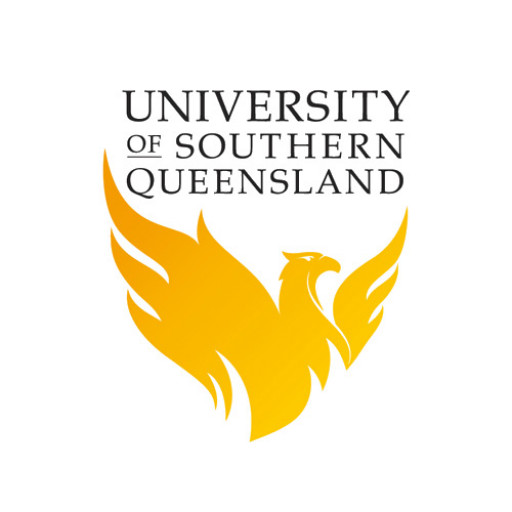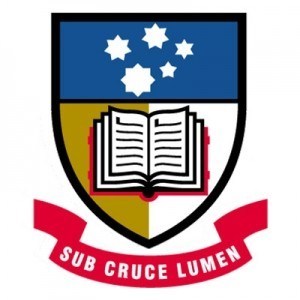Photos of university / #usqedu
The Bachelor of Spatial Science Technology (Geographic Information Systems) at the University of Southern Queensland is a comprehensive undergraduate program designed to equip students with essential skills and knowledge in spatial data collection, analysis, and management. This innovative degree program combines expertise in Geographic Information Systems (GIS), remote sensing, cartography, and spatial analysis to prepare graduates for a dynamic career in various sectors such as urban planning, environmental management, transportation, disaster response, and resource management. The curriculum emphasizes practical skills through hands-on experiences in real-world projects, including fieldwork, GIS software applications, and spatial data visualization techniques. Students will learn to design and implement spatial data solutions, interpret geographic information, and contribute to decision-making processes across multiple industries. The program fosters critical thinking, problem-solving abilities, and a strong understanding of spatial technologies and data management principles. Graduates are well-positioned to work in government agencies, private consulting firms, and non-profit organizations, providing valuable insights through spatial data analysis to support sustainable development and effective resource allocation. The program also offers pathways for further study or specialization, supporting students' career advancement in the rapidly evolving field of spatial science technology.
Program structure
Courses to be studiedUnits
7 x Group A courses7
plus 3 x Group B courses3
plus 6 x Group C courses6
Total16
Course codeCourse name
Group A Courses1:
GIS1402Geographic Information Systems
GIS3405Spatial Analysis and Modelling
GIS3406Remote Sensing and Image Processing
GIS3407GIS Programming and Visualisation
GIS4407Web Based Geographic Information System
SVY3202Photogrammetry and Remote Sensing
SVY1110Introduction to Global Positioning System
Group B Courses:Select three courses from the following:
CIS8000Global Information Systems Strategy
CIS8010Information Systems Project Management
ENG8101Technological Impact and its Management
ENG8103Management of Technological Risk
ENG8104Asset Management in an Engineering Environment
ENV4204Environmental Technology
LAW2107Environmental Law
SVY3200Land Administration
URP3201Sustainable Urban Design and Development
URP4203Urban and Regional Planning
SVY4309Practice Management for Spatial Scientists
Group C Courses:
ENG8001Masters Dissertation A
ENG8002Masters Dissertation 2
ENG8411Masters Dissertation B
Footnotes
1 A student with a previous undergraduate degree in the spatial sciences may opt to select fewer courses in Group A than required (and thus will need more courses from Group B), upon approval by the Head of Discipline.
2 Four units.
Entry requirements
- 3 or 4-year undergraduate degree, or equivalent, in an approved discipline
English Language Requirements
Domestic and international students from a non-English speaking background are required to satisfy English Language requirements. This program requires a minimum of IELTS 6.5 or equivalent.
If you do not meet the English language requirements you may apply to study a University-approved English language program.
International entry requirements
English Language Requirements
Domestic and international students from a non-English speaking background are required to satisfy English Language requirements. This program requires a minimum of IELTS 6.5 or equivalent.
If you do not meet the English language requirements you may apply to study a University-approved English language program.
Pre-requisites
- 3 or 4-year undergraduate degree, or equivalent, in an approved discipline
The Bachelor of Spatial Science (Geographic Information Systems) program at the University of Southern Queensland offers a range of flexible financing options for students to support their studies. Domestic students can access government financial assistance schemes such as Austudy and Youth Allowance, which provide income support for eligible students enrolled in full-time higher education courses. Additionally, the university offers scholarships specifically targeted at students pursuing degrees in spatial sciences and related fields, which can help offset tuition fees and other study related expenses. These scholarships are awarded based on academic achievement, financial need, or specific criteria related to the field of study.
International students enrolling in the program are required to pay tuition fees, which vary depending on the course load and study duration. The University of Southern Queensland provides various payment plans that enable students to spread their tuition payments over the course semester, reducing the financial burden. In some cases, students may qualify for student loans or financial aid through their home country's programs or international scholarship opportunities.
The University also offers scholarships and grants for both domestic and international students that can be applied toward tuition fees, accommodation, study materials, and living expenses. These may include Merit Scholarships, Equity Scholarships, and Industry Partner Scholarships. Students are encouraged to explore these options early in their studies to maximize financial support.
Additionally, students can consider part-time work opportunities both on and off-campus to help finance their education. The university's location and industry connections may facilitate employment in GIS-related roles, providing practical experience alongside financial benefits. International students should also be aware of visa requirements which often include restrictions on work hours, but many students find part-time employment to be a viable way to support their studies.
Furthermore, the university’s financial services team provides advice and guidance on managing education costs, including budgeting, insurance options, and available external funding avenues. It is recommended that prospective students contact the university's admissions and financial aid offices to explore all available options tailored to their individual circumstances. Overall, the University of Southern Queensland endeavours to make higher education in spatial science technology accessible through various financial support mechanisms, ensuring students can focus on their academic and professional development without undue financial stress.
The Bachelor of Spatial Science Technology (Geographic Information Systems) at the University of Southern Queensland is designed to provide students with comprehensive knowledge and practical skills in the field of spatial science and geographic information systems. The program emphasizes the development of technical expertise in spatial data collection, analysis, and visualization, preparing graduates for careers in sectors such as urban planning, environmental management, remote sensing, and geospatial technology. Students Learn to use industry-standard GIS software and hardware, including GPS, drone technology, and spatial data management tools. The curriculum covers fundamental topics like cartography, spatial data analysis, remote sensing, and spatial data infrastructure, as well as advanced areas such as spatial modelling and programming for spatial applications. The program also incorporates applied projects and industry placements, enabling students to gain real-world experience and build professional networks. Graduates of this program are equipped to work in various roles such as GIS analyst, spatial data scientist, cartographer, and GIS technician. The program aims to foster skills in critical thinking, problem-solving, and effective communication of complex spatial information. Flexible delivery options allow students to undertake the program both on-campus and online, accommodating diverse learning needs. The program's relevance is reinforced by the growing demand for spatial data expertise across multiple industries, including government, environmental agencies, natural resource management, and private sector companies. As technology evolves, the program continuously updates its content to include emerging trends like 3D mapping, spatial data integration, and machine learning applied to geospatial data. The university’s focus on practical skills and industry partnerships ensures graduates are job-ready and capable of contributing to innovative solutions in spatial science. Overall, the Bachelor of Spatial Science Technology (Geographic Information Systems) at USQ offers a rigorous academic pathway for students interested in mastering the science and technology behind spatial data and geographic information systems, preparing them for successful careers in this dynamic field.



